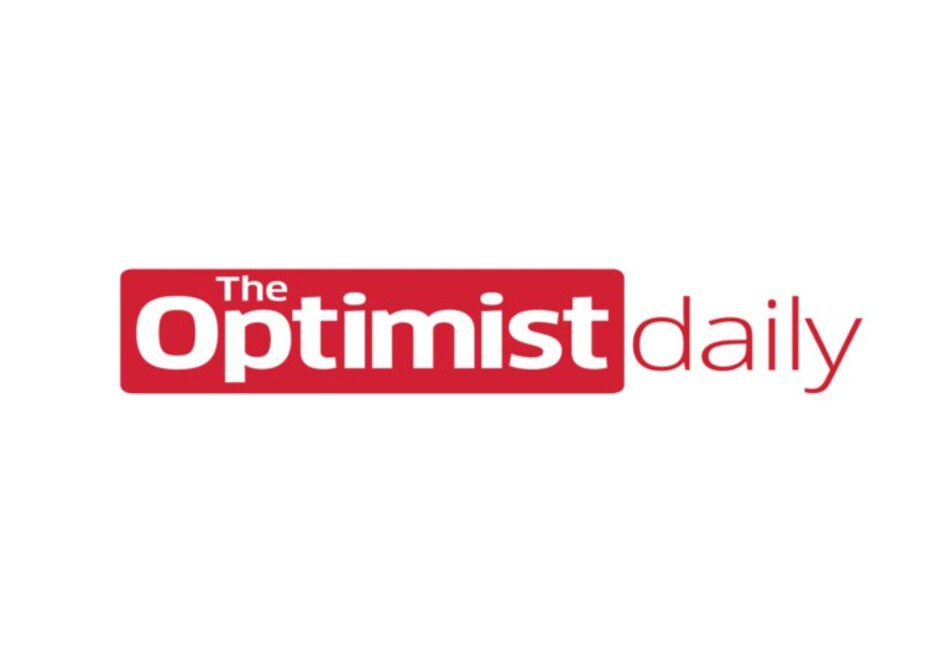Throughout the pandemic, we’ve covered stories of reduced emissions and environmental recovery, but now we face the daunting question of how to maintain lowered emissions as we reopen the economy. In most cities, transportation is the first or second-largest source of greenhouse gas emissions and the major cause of air pollution. Electrifying public transportation would be a huge step towards sustainable and long term emissions reductions.
90 percent of public buses in the US are diesel-powered. Transitioning entire fleets to electric would be costly, but worthwhile in the long term. Electric buses cost about $200,000 more than traditional ones, but cities operating them report fuel savings of up to 80 percent and studies suggest that electric buses save $125,000 in avoided maintenance over their lifetime.
Cities like Los Angeles, which has committed to moving its entire bus fleet to zero-tailpipe emissions by 2030, and New York, which approved a budget for purchasing 500 new zero-emission, all-electric buses, are demonstrating that the transition is feasible and needs to happen now.
Taxis are another prominent node of transportation. Fortunately, there are many all-electric vehicles available at comparable prices to gas-powered ones. How are cities incentivizing the taxi transition? New York City’s 2005-2006 Clean Air Taxi Ordinance required that 9 percent of new licenses be for hybrid cars or those that run on natural gas and the London transit agency provides grants to decommission older taxis and subsidize purchases of EV taxis. The Dutch government also offers a €10,000 subsidy per car to three taxi companies serving Schiphol, the country’s main airport.
In addition to making vehicles themselves greener, cities can create ultra-low emissions zones. Different versions of these zones have been adopted by 200 European cities and involve tolls for vehicles entering high congestion zones during peak hours. New York City has also discussed congestion pricing and ways to implement these zones that lessen the burden for low-income people.
Lastly, incentivizing electric car sharing is a great way to reduce emissions and offer improved transportation options for those who can’t afford to purchase a private vehicle. In Los Angeles, an initiative called BlueLA is funded with $1.7 million from cap-and-trade proceeds with the goal of providing 100 electric vehicles and 200 public charging stations to serve about 7,000 people in the area.
Emissions are likely to begin to rise again as countries go back to business as usual, but making tangible changes to infrastructure for a more sustainable future can help curb devastating environmental impacts as we reopen economies.











